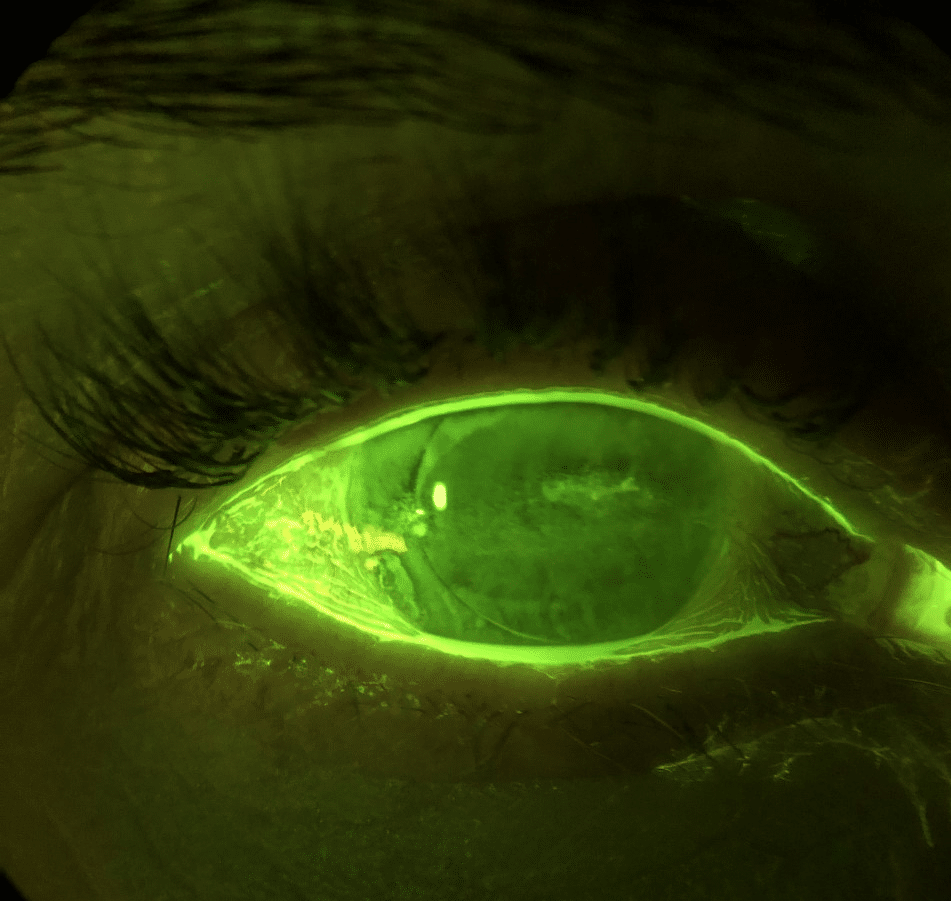Pharmaceutical firm Seqirus has announced that its new therapy Ikervis is now available via the Pharmaceutical Benefits Scheme (PBS), making it Australia’s first listed disease modifying ciclosporin eye drop for severe keratitis in adults with dry eye disease (DED).
The therapy, which was listed on the PBS from October 1, is being in-licensed for the first time in Australia by Seqirus (a wholly-owned subsidiary of Melbourne-based CSL) from global ophthalmic company Santen Pharmaceutical Co Ltd.
Ikervis contains the disease modifying treatment ciclosporin, used to reduce inflammation associated with severe keratitis in DED. It was approved by the Therapeutic Goods Administration in December 2020, and is a Schedule 4 (S4): Prescription Only Medicine. Ikervis is listed on the PBS for severe keratitis in DED, for prescription by an optometrist or ophthalmologist and requires authority approval.

Sydney ophthalmologist and clinician Scientist Professor Stephanie Watson, who is also chair of the Ophthalmic Research Institute of Australia, said the COVID-19 pandemic was exacerbating DED cases due to increased mask use and screen time.
“We have seen a marked increase in dry eye symptoms among mask users. Typically, dry eye disease affects women more than men. According to a US study, women are almost three times more likely to develop DED than men and often progress to more severe forms of the disease earlier than men,” she said.
“Keratitis, a condition involving inflammation of the cornea, can be a complication for some patients with DED. Patients with severe keratitis from DED typically present with eye surface damage and inflammation that can sometimes feel like an irritating, itchy or burning sensation with possible blurry vision.
“Patients with severe inflammation of the cornea from DED are often managed with a number of different treatment options, which can be costly for a condition that requires ongoing management. A new subsidised treatment option will improve access for these patients.
Optometrist Dr Margaret Lam, who is head of professional services at George & Matilda Eyecare and Adjunct Senior Lecturer at the UNSW’s School of Optometry & Vision Science, said severe inflammation of the cornea from DED is complicated by a difficult cycle involving inflammation of the eye and damage to the eye surface.

“Treatment options targeting the immune system, are therefore needed to manage these complications from DED, and break the cycle of inflammation,” she said.
“Artificial tears aim to provide symptom relief for DED, but don’t address the underlying cause of severe corneal inflammation. In these cases, inflammation-reducing treatment options are required.
“[The] PBS listing of another treatment option for severe keratitis in adults with DED, is therefore welcome news for ophthalmologists, optometrists and patients alike.”
Seqirus secures second PBS 2021 listing
Executive chair of The B Team Australasia, Ms Lynette Mayne, has spent the past 16 years living with severe corneal inflammation from DED. Soon after undergoing cataract surgery on both of her eyes in 2005, her eyes became extremely irritated, and she developed double vision.

Little did she know at the time, her cataract surgery, coupled with a delayed diagnosis, and her advancing age, would result in her developing severe corneal inflammation from DED.
“I’m often unable to see things. For instance, I have to carry a magnifying glass when my eyes get blurry, or I develop double vision. Even at the supermarket I have to carry a magnifying glass to read the food labels,” Mayne said.
“When people ask me to look at something for them at work, whether it is a document, or on screen, depending on the health of my eyes at the time, I find it really difficult.”

Mayne maintains it is important for Australian adults living with severe corneal inflammation from DED to have timely access to a range of treatment options.
“Had my eye disease been detected earlier, it may not have had such an impact on my life,” she said.
Seqirus head of medical affairs for the international region Dr Jonathan Anderson said the company was excited to be introducing the company’s second PBS listed treatment option to the eyecare market this year.
“Seqirus is committed to broadening access to eyecare products to help address unmet clinical needs,” he said.
“[The] PBS listing of Ikervis for severe keratitis in adults with DED, will give Australians access to another treatment option that has long been available overseas.”
More reading
New dry eye therapy Cationorm now PBS listed
Dry eye treatment in Australia




